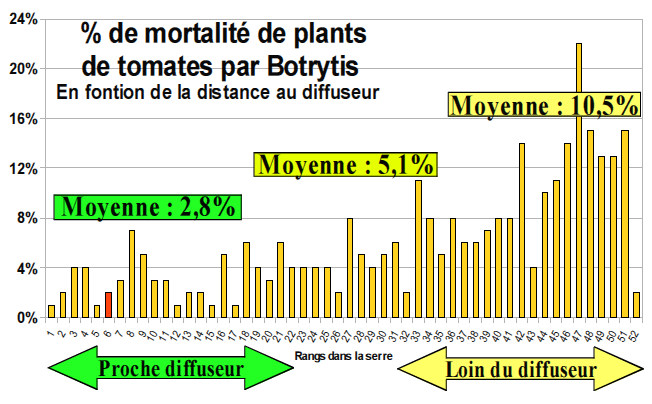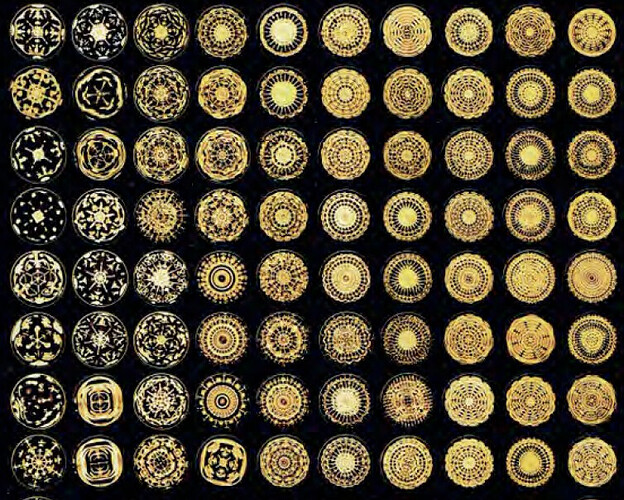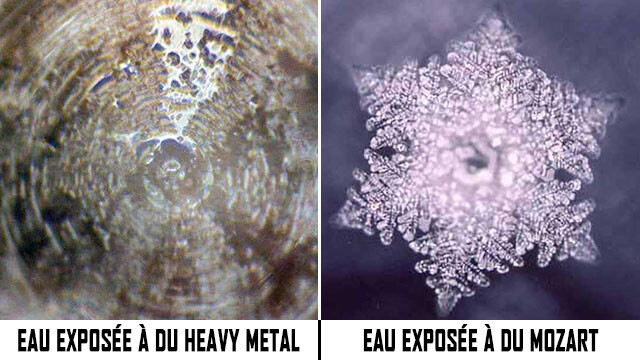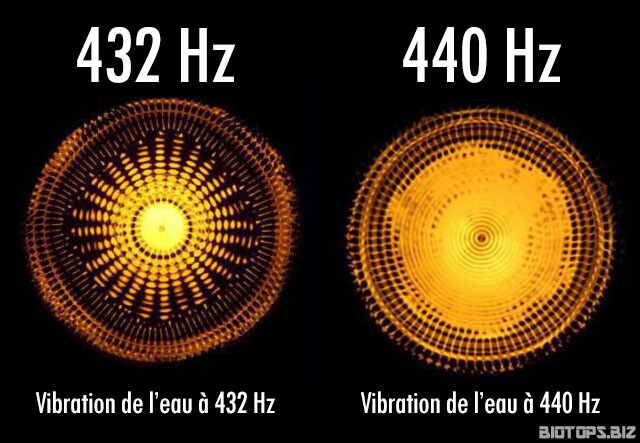The genodic how does it work?
Everyone knows that music affects the mood of humans and some animals. Since the 1960s, many researchers have observed the effects of certain music on plant growth. Joël Sternheimer, Doctor in theoretical physics and musician, offered an explanation of these effects, allowing them to be produced with molecular precision, from plants sensitive to their sound environment to humans who, by listening attentively, can recognize their effects. 'adequacy for themselves.
Waves and matter
Quantum physics has shown that the elementary particles that make up atoms, molecules or even molecular assemblies can have two aspects: particle and wave. A quantum wave can be associated with any quantity of matter, the frequency of which can be calculated. From these concepts, genodics makes it possible to characterize particular waves, naturally associated with the process of protein synthesis. These are large molecules, synthesized in organisms from information from genes in the genome. Proteins are a major constituent of living things: they play an active role in practically all of its processes. Proteins are made up of one or more chains of amino acids. These, 22 in number, are basic molecules that make up all proteins and are common to all living organisms. Each amino acid molecule has a corresponding wave whose frequency has been calculated.
The song of proteins
For the synthesis of a protein, during its transcription on a ribosome, the succession of bonds of amino acids results in the emission of a series of frequencies characteristic of this protein. Of course, the waves associated with the amino acids that make up proteins have very high frequencies, inaudible to the human ear. However, their transposition into the audible range makes it possible to have an exact, homothetic representation of the melodies associated with the synthesis of each protein.
The observations carried out so far indicate that living organisms are able to recognize these series of harmonized sounds, directly tuned to the amino acids whose sequence makes up proteins and which we call proteodies. The genodic also explains how to compose melodies in phase opposition, which have the opposite effect.
Experience shows that listening to these two types of proteodies can stimulate or inhibit the synthesis of any type of protein, in a specific way, but modulates the filter of the subject concerned who appears capable, when listening, to recognize what he needs. The objective effect produced thus appears to be correlated, less with the stimulus itself, than with the subjective reaction to its listening, which constitutes a form of refined diagnosis. Proteodies thus make it possible to regulate, if necessary, the biological processes in which proteins are involved.
Genodics in a few words:
Since 2008, Genodics has offered an innovative and non-invasive approach in the fields of viticulture, market gardening, arboriculture and breeding. It is developing applications of the “genodic process”, discovered and patented by the physicist Joël Sternheimer and which makes it possible to prevent and treat diseases, and to help growth and development, particularly under stressful conditions, while respecting organisms and their environment. At the end of 2019, Genodics SAS covered 2,500 hectares with this process, in France and in neighboring countries, in market gardening, arboriculture, viticulture and on issues related to breeding and oyster farming. Thank you to those of our customers who show their satisfaction in the media. Finally, the work of the ERRMECe laboratory at the University of Cergy-Pontoise was published in the journal Heliyon of the Elsevier group: this is a new scientific validation! You can access it by copying the following link into your browser: https://DOI.org/10.1016/j.heliyon.2020.e04991 This work relates to the resistance to water stress of pea crops benefiting from a stimulation of their dehydrin, water-retaining protein. Although this is a laboratory model, its results can be applied to drought control





